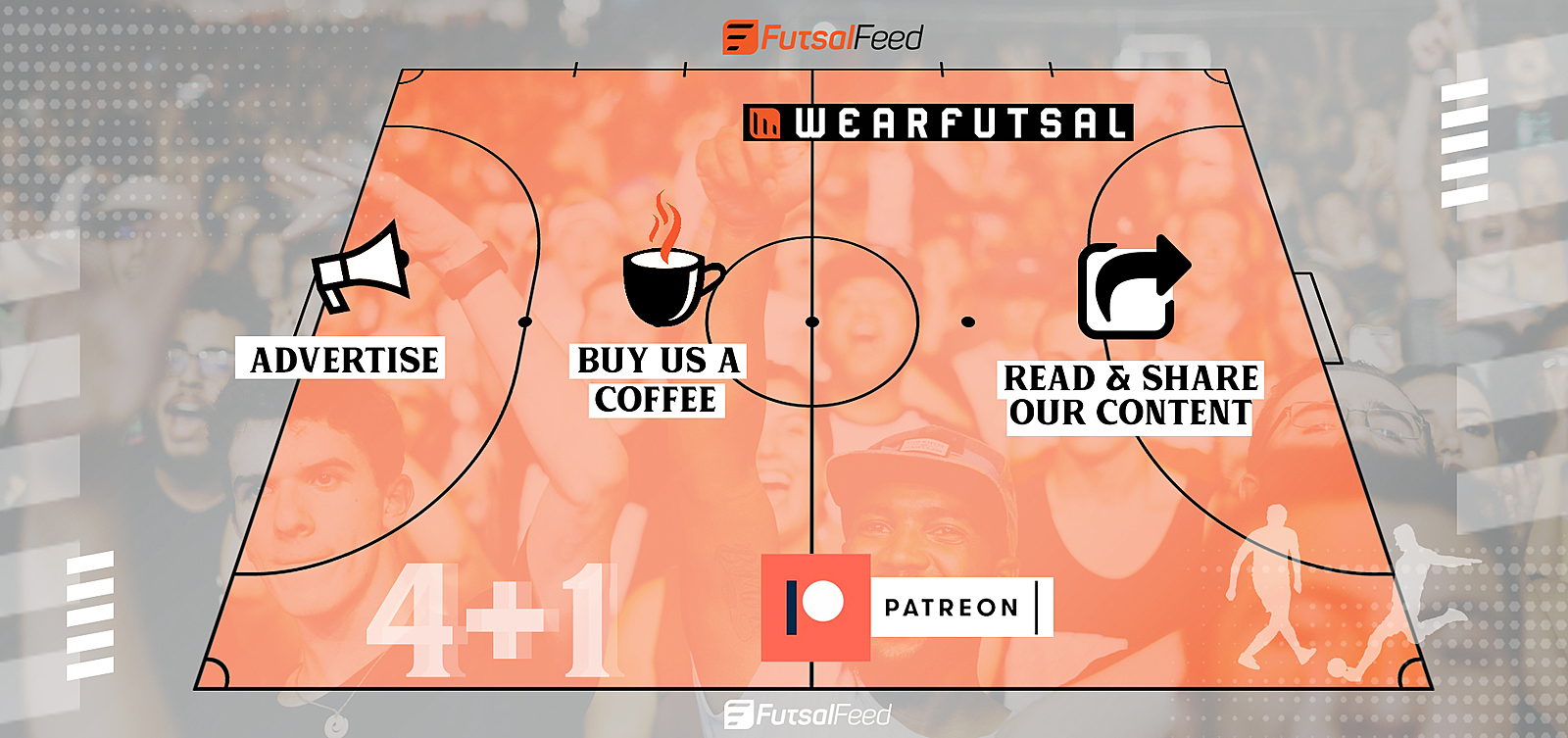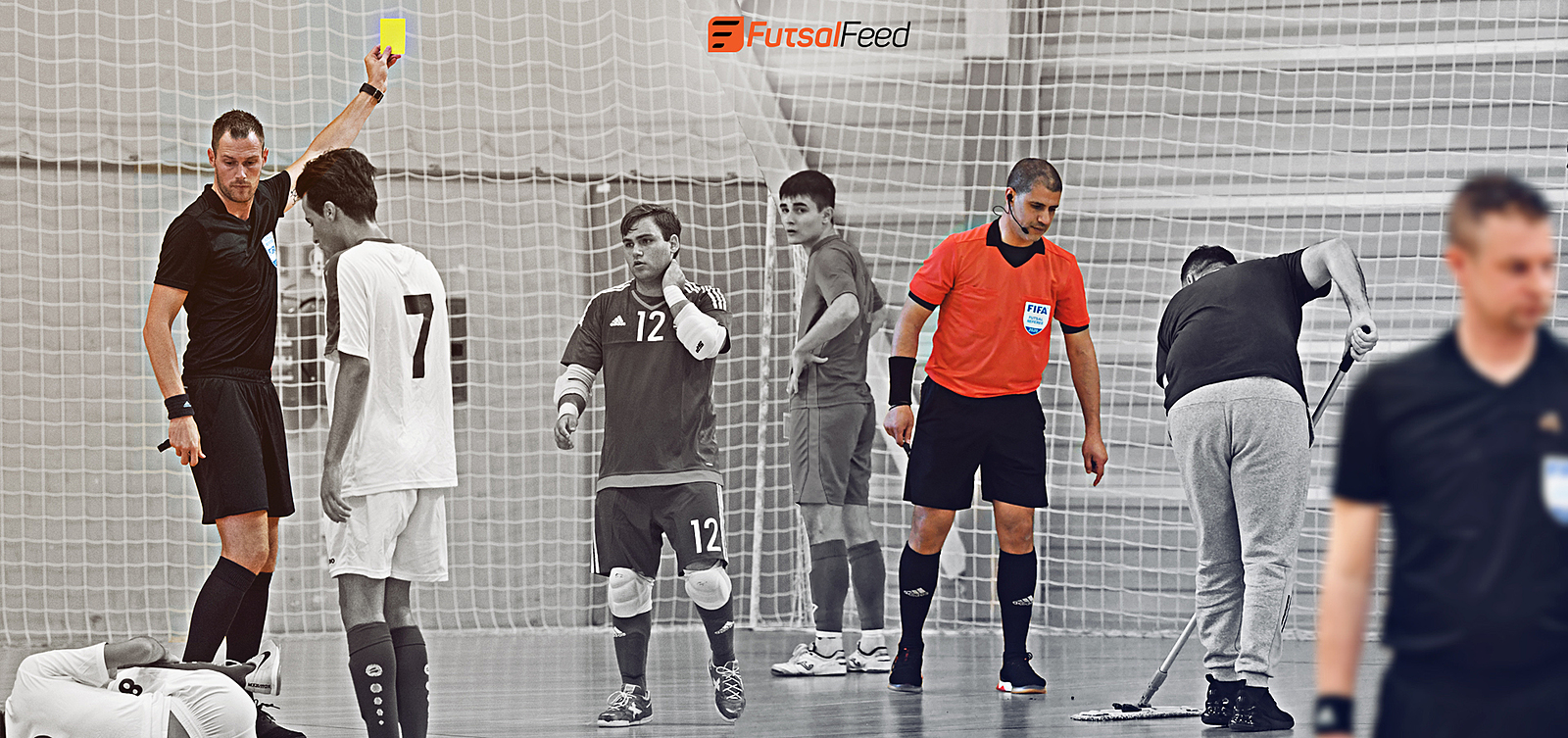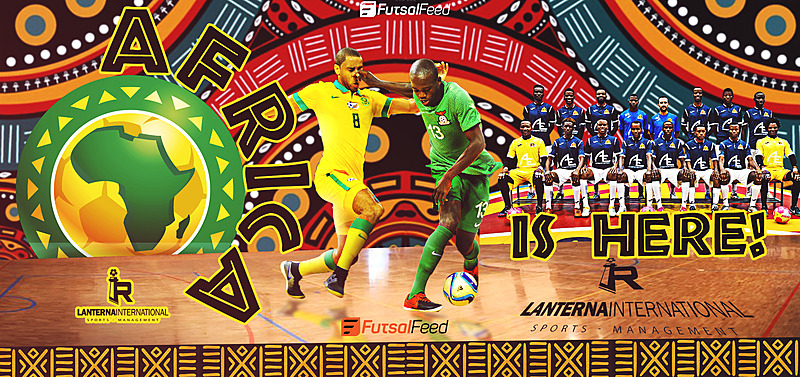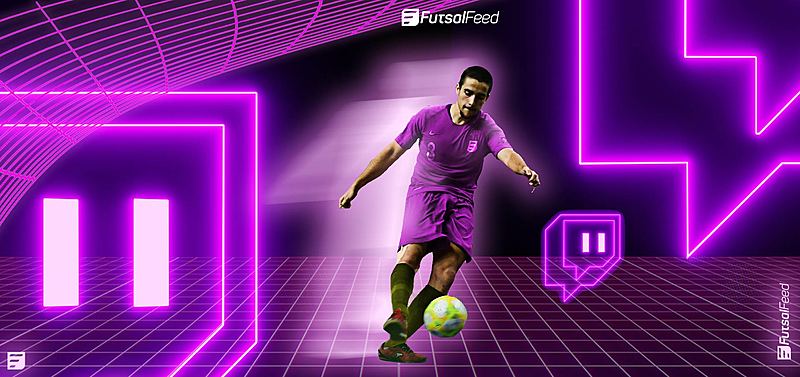The debate on the rules of futsal is constantly expanding, catalyzing the attention of many professionals and fans, involving journalists, players, coaches, committees, and, last but not least, simple enthusiasts of the game. Some tried to carry out a kind of regulatory revolution to influence the actions of those most responsible for the growth of futsal under the football governance, firstly the head of FIFA tournaments, Jaime Yarza.
The attractiveness problems of futsal are not due to the nature of the discipline itself. Futsal has enormous potential, but also a regulation that seems to be anchored in the logic of the past. This in fact does not coincide with the idea of progress on which its path should be based. Although we have already known the first evolution of laws and regulations, moving away from rules that united us possessively to football, a further methodological improvement is still necessary.
>>> The 5 Key Rules of Futsal
Where to start taking the first steps? Personally, as a curious researcher of how other sports have been improved to become more attractive and fun, I have identified some rules that may encourage futsal to emerge as a unique art form, less dependent on the development path of football.
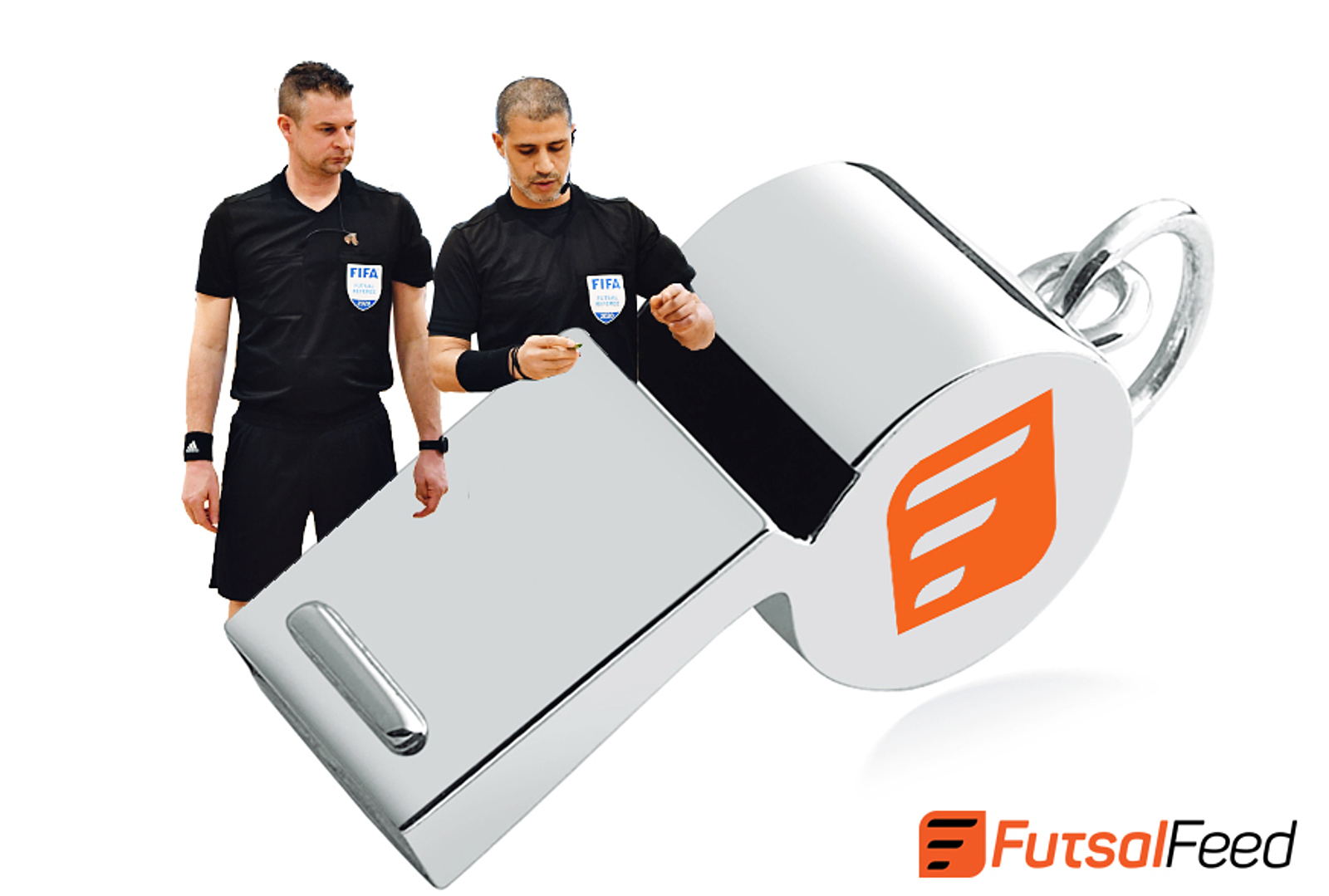
The role of the futsal goalkeeper
The main criticisms have focused on the role of the goalkeeper. The most contested situations are two: the "grenade", a term adopted to identify the coast-to-coast throw off the goalkeeper, and the abuse of the Power Play (also known as Flying-Keeper), which for many is a tactical shortcut adopted by those who cannot keep up of opponents. While I am not totally opposed to their use, I will try to get closer to the needs of those who dispute their abuse. For this reason, I would like to propose some variations to the current rules:
Power Play or Flying Keeper
Limiting its use would not mean reducing the freedom of action of those teams adopting it. I would introduce a limit number both in the uses during the game and in the players who can be added as such in the lists: 3 for each team. The flying keeper (FK) can be employed after a coach, when his team is in ball possession, makes a call to the referee. At the end of a play (i.e. when the ball goes out of bounds with a change in ball possession or when a goal is scored), the team's FK phase comes to an end; if the FK is a player (not a goalkeeper), he must be subbed at the end of the play.
Backcourt violation
In this case, when a team is in the FK phase, they must necessarily advance to the opponent's half without being able to go back, otherwise, a non-accumulative foul will be called from the point where the ball left the square. Just to clarify: a goalkeeper advancing to the opposite half by carrying the ball in an individual counterattack (basically an offensive transition) is not to be considered a 'flying goalkeeper'. How's this possible? I'll explain it below.
Goalkeepers in ball control
In parallel with the FK, another specific game situation needs to be reviewed: when the goalkeepers are in possession of the ball. This is divided into scenarios when goalkeepers play with their feet and when they play with their hands. Starting with the first one, the goalkeeper will be allowed to play free touches in his own area without a time limit, with the possibility of passing and receiving freely, while in the rest of the field outside of his box, when his team is not playing in an aforementioned FK phase, the goalkeeper will be able to pass the ball only once without receiving it back; if the goalkeeper accidentally receives it back when is outside of his box, a non-accumulative foul to the opposing team will be assigned. Concerning the goalkeeper's throw, the so-called “grenade” has been repeatedly debated as a way to brutalize the style and art of futsal. To resolve the matter, just go back in time to the early years of the LNFS: the ball must first touch the back half before the team can play it into the front one.
>>> FIFA updated the futsal rules and we have the summary!
Other reviews
Limiting the rules review to the role of the goalkeeper is absolutely reductive. While this topic is the most debated, it shouldn't be the only one. There are also "secondary" situations from which, however, it would be possible to develop meaningful norms. I have identified some more:
Draws
Inspired by an idea proposed by Doug Reed, if the result is tied, the game continues for another 5 minutes (extra-time) with one less player for each team (4v4) following the Golden Goal rule; if the result remains the same, the sequence of 3 penalties per team will decide the winner. In the event of a regular-season match, the loot will be divided as follows: 2 points for the winners and 1 point for the losers between overtime and the penalty shootout.
Quarters
Maybe we should take the example of Russia, where for logistical reasons there have been introduced 2 halves of 25 minutes. If it has never been a problem for them, why should it be for everyone else? Four quarters of 12 minutes each, like in the NBA, would be another choice based on the entertainment logic on which futsal should be based to emerge.
Times-out
Increasing the number of time-outs available to coaches (1 each for each quarter) will benefit their needs to share more instructions with their players, giving more chances to set the right strategy. Also, this change would help create a more marketable product, giving room to insertions of advertisements and useful graphics to accompany the 60-second talks.
Timekeeping
May I get back to the NBA regulation? Just to add a slight modification, as already mentioned for the goalkeeper’s throw: a 5-second limit to the kicker for situations such as kick-ins, corner kicks, and free kicks. An aesthetical change in the way referees counts seconds with their hands.
Video Instant Replay (VIR)
When you think about progress, you must necessarily enter the field of technological innovation. In Spain, the VIR (Video Instant Replay) has been created with some originalities and differences from the VAR used in football (check the FutsalFeed piece on VAR for a more accurate explanation). But, in my humble opinion, there's still room for experiments and improvement. Taking inspiration from the volleyball regulation, in which a few years ago has been introduced the Challenge Review System (similar to the Hawk-Eye in tennis), I would like to update the norms regarding our method: first and foremost, the referee must be called by the coach (or even by the person in charge of relations with the referee) to review an action deemed dubious by the team requesting the intervention; this call must be exclusively allowed within 5 seconds at the end of the action, that is when the ball leaves the field or when possession changes; each coach have only 3 requests for the entire match; the referee, after indicating the call, consults with his video assistant trying to identify any mistake made, showing his final decision as soon as possible.
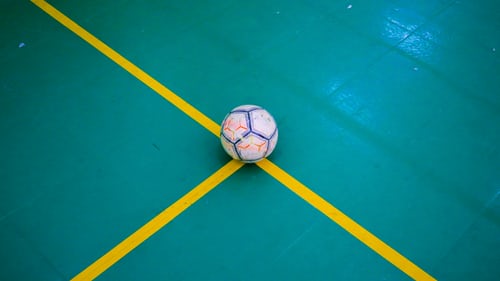
Conclusion
These are just personal proposals. I am a fan like many of you. That is why I ask you to participate in the debate, propose new ideas or review existing ones, some of which, especially the latest ones that have been updated, find me very satisfied. I'm sure your contribution will only do good to the sport that unites us.
Also, I'd like to thank the folks at FutsalFeed for giving me the chance to rewrite this article, which I kept in my own draft for a long time.
>>> 4+1 easy ways how can you support FutsalFeed
